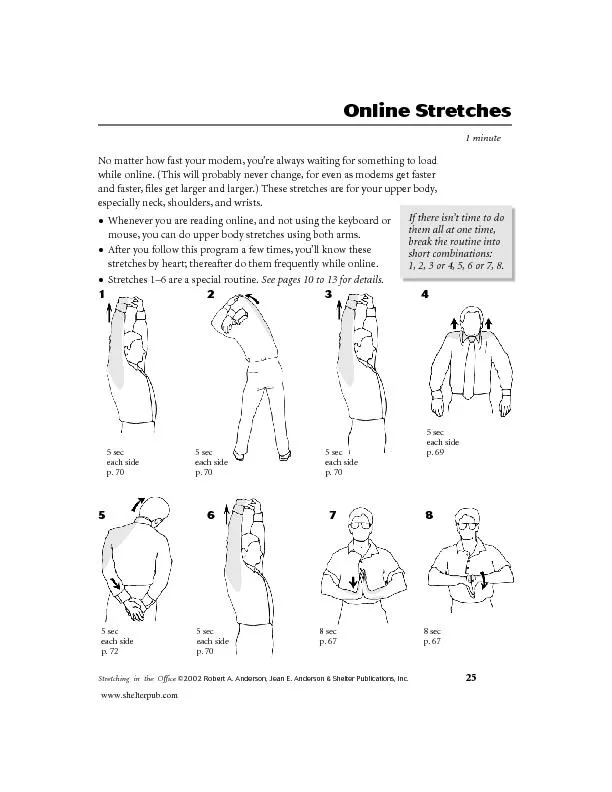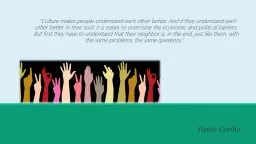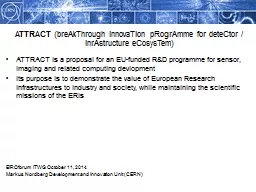PPT-Why do some things attract each other and other don’t?
Author : stefany-barnette | Published Date : 2017-05-25
Students observe phenomena in which A balloon sticks to the wall after being rubbed on hair A plastic bottle picks up small pieces of paper after being rubbed on
Presentation Embed Code
Download Presentation
Download Presentation The PPT/PDF document "Why do some things attract each other an..." is the property of its rightful owner. Permission is granted to download and print the materials on this website for personal, non-commercial use only, and to display it on your personal computer provided you do not modify the materials and that you retain all copyright notices contained in the materials. By downloading content from our website, you accept the terms of this agreement.
Why do some things attract each other and other don’t?: Transcript
Download Rules Of Document
"Why do some things attract each other and other don’t?"The content belongs to its owner. You may download and print it for personal use, without modification, and keep all copyright notices. By downloading, you agree to these terms.
Related Documents












![(BOOS)-Some We Love, Some We Hate, Some We Eat [Second Edition]: Why It\'s So Hard to](https://thumbs.docslides.com/944439/boos-some-we-love-some-we-hate-some-we-eat-second-edition-why-it-s-so-hard-to-think-straight-about-animals.jpg)

